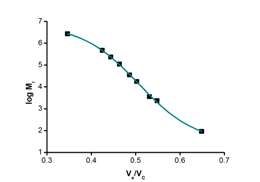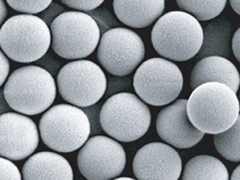
And what are the main literature talk rules?
Lit Talk Rules
- Time and space are limited. The maximum number of slides is 4 and presentation shouldn’t take more than 6 minutes.
- The attention must focus on the key results and conclusions. Why is this paper interesting for the group?
- Lit talk should evoke the discussion since the topic will be of general interest of the group.
As you can see, the lit talk focuses on the main goal of the article. Which is important part of the paper selection. You want to find amazing article with the clear conclusions and/or findings and apply them to the group research.
Advantages?
- Lit talk keeps you close to the newest findings in your field.
- If it is not in your field, than lit talk helps expand your knowledge.
- It is always interesting to see what other person finds interesting.
- Each idea, even the smallest, can be use in your area and helps you.
- Last, but not least – it is a good scientific exercise.
Are there any disadvantages? Only that you have to find a paper and prepare the talk.
My lit talk
For my first literature talk I chose the article published in Organic Letters and published by the group of Stefan Hecht in Germany. The article describes the Immobilization of a photoswitchable piperidine base and their application as smart surfaces (surface, which specifically react on the external stimuli). In this case, the external stimulus is light, which switches two optical izomers: one izomer hides the active basic group, while the other not. It is than very easy to control the (test) reaction, which is catalyzed by the active site.
There is more information in following presentation.
Smart surfaces in chromatography?
And why I have chosen this article? This is where my separation heart starts to beat. With the monolithic stationary phases (in particularly organic polymers) we are able to modify various parts of the stationary phase with different functional groups (via photografting).
For example, if we modify the surface of the stationary phase with group which reacts on the external stimulus (light, temperature, …) and catalyzes the production of compound of the interest we can than very easily separate these products in situ on the stationary phase after the injection.
Of course, several limitation occurs. The reaction medium has to be used as the mobile phase, reaction should be fast and efficient, products can not react with the stationary phase or with each other, and so on.
But this is science.
What do you think? Could it works?


